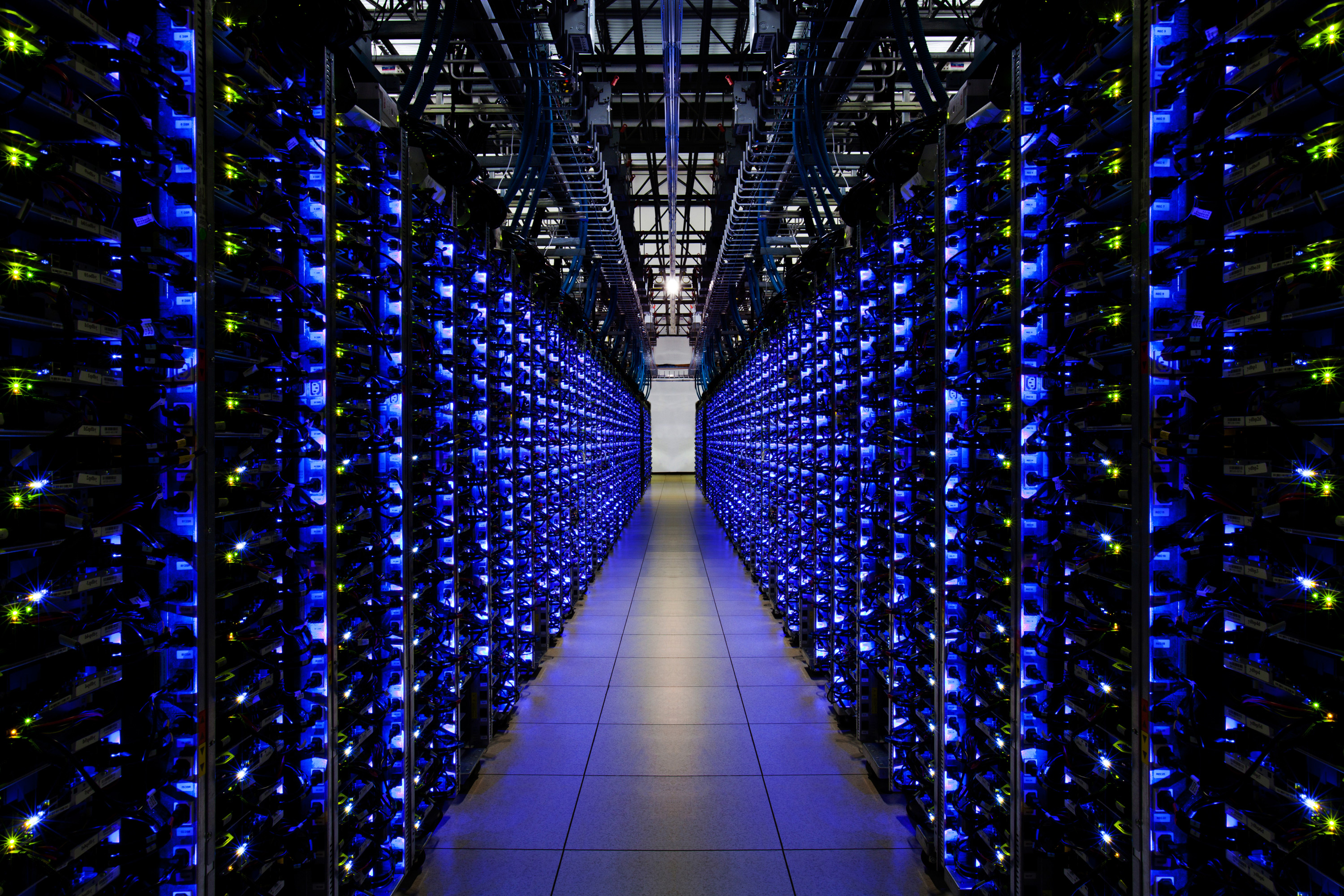NVIDIA's Consumer GPU Restrictions in Data Centers: Impact on Cloud Computing Costs
NVIDIA, a leading manufacturer of graphics processing units (GPUs), has restricted the use of its consumer-grade GPUs, such as the GeForce RTX series, in data center environments through its End-User License Agreement (EULA). This policy has sparked debate, as it pushes cloud computing providers, researchers, and startups toward more expensive enterprise-grade GPUs, increasing costs. In this post, we explore the restriction, its rationale, its critics, and its impact on cloud computing.

Understanding NVIDIA’s GPU Restrictions
In 2017, NVIDIA updated the EULA for its GeForce and TITAN drivers to prohibit their use in data centers, except for blockchain-related processing. The EULA states that consumer GPUs, like the RTX 3090 or 4090, are not licensed for data center workloads such as artificial intelligence (AI), machine learning, or high-performance computing (HPC). Without NVIDIA’s proprietary drivers, these GPUs cannot achieve their full computational potential, effectively barring their use in professional data center settings.
This restriction forces data center operators to use NVIDIA’s enterprise-grade GPUs, such as the Tesla, Quadro, or A100 series. For example, a consumer-grade RTX 4090, with substantial VRAM and compute power, retails for around $1,500–$2,000, while an NVIDIA A100 can cost $10,000 or more. This price gap significantly increases costs for cloud providers, which are often passed on to customers.
Why Does NVIDIA Enforce This Policy?
NVIDIA argues that consumer GPUs are designed for gaming and personal use, not the continuous, high-demand workloads of data centers. Enterprise GPUs, like the A100, offer features such as:
- Enhanced durability for 24/7 operation.
- Enterprise-grade support and extended warranties.
- Specialized features, like double-precision floating-point performance for HPC and AI tasks.
- Supply chain reliability, ensuring consistent availability for large-scale deployments.
NVIDIA maintains that these features justify the higher cost and ensure optimal performance in professional environments. However, critics argue that consumer GPUs are often sufficient for many data center tasks, particularly for research or smaller-scale operations.
Critics of NVIDIA’s Policy
The restriction has drawn criticism from various groups, who argue it limits access to affordable GPU computing and stifles innovation. Notable critics include:
- Academic Researchers: Researchers, such as those in AI and machine learning, have pointed out that consumer GPUs like the RTX series offer high VRAM and compute capabilities suitable for training models at a fraction of the cost of enterprise GPUs. A 2018 discussion on Reddit’s r/MachineLearning highlighted frustration among academics, noting that the EULA forces reliance on costly hardware, limiting research budgets.
- Small Cloud Providers: Smaller cloud providers have been directly affected. In 2017, reports surfaced of NVIDIA contacting Japanese cloud providers using TITAN X GPUs, demanding they switch to enterprise GPUs to comply with the EULA. This was discussed in tech forums and reported by AnandTech, which noted the impact on smaller providers offering cost-effective GPU services.
- Tech Commentators and Startups: Industry voices, such as those on Hacker News, have called the policy a move to protect NVIDIA’s enterprise market, arguing it restricts startups from leveraging affordable consumer GPUs for scalable AI solutions. Startups, often operating on tight budgets, find the cost of enterprise GPUs prohibitive, limiting their ability to compete with larger firms.
These critics argue that NVIDIA’s policy prioritizes profit over accessibility, as consumer GPUs can handle many data center tasks effectively, especially for single-precision workloads common in AI training.
Impact on Cloud Computing Costs
NVIDIA’s restriction directly increases cloud computing costs. Data center providers must purchase enterprise GPUs to comply with the EULA, raising their capital expenditure. These costs are often passed on to customers, making GPU-based cloud services more expensive. For example, startups and researchers using cloud platforms for AI training face higher fees, while smaller providers struggle to offer competitive pricing. The 2017 crackdown on Japanese providers, as noted by AnandTech, forced some to raise prices or exit the market, reducing options for affordable GPU computing.
While NVIDIA has stated it does not intend to pursue legal action against non-commercial research or small-scale use, the EULA still creates a barrier for scaling consumer GPUs in professional settings. This limits cost-effective options for smaller players in the cloud computing ecosystem.
Conclusion
NVIDIA’s restriction on consumer GPUs in data centers, enforced through its EULA, ensures that providers use hardware designed for professional workloads but comes at a steep cost. While NVIDIA justifies the policy with technical and support considerations, critics—including academic researchers, small cloud providers, and tech commentators—argue it restricts innovation and accessibility. As demand for GPU computing in AI and HPC grows, this policy continues to drive up cloud computing costs, creating challenges for budget-conscious users and smaller providers. The debate underscores the tension between market control and democratizing access to powerful computing resources.
The cover image is a picture of Douglas County servers from Google